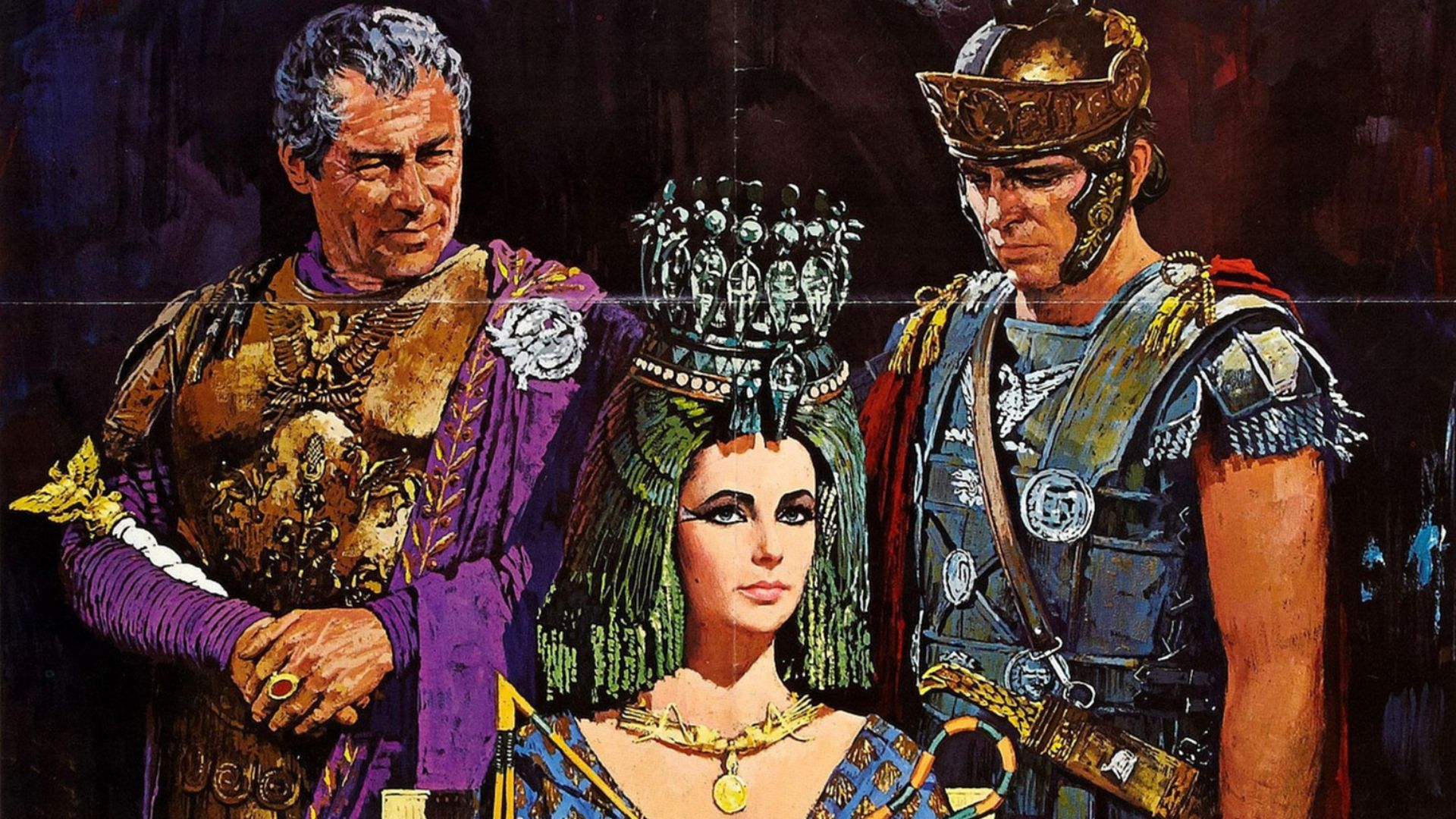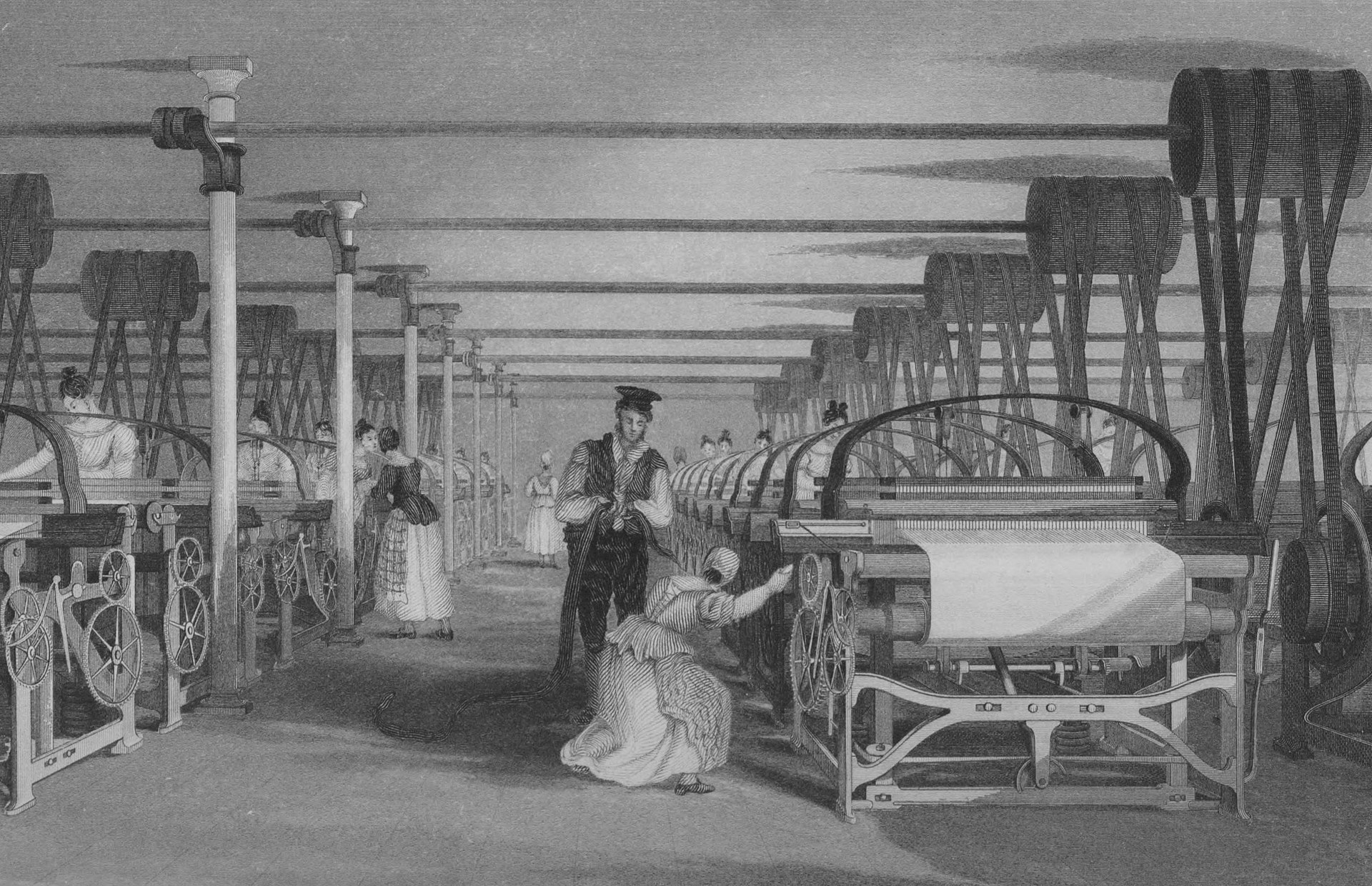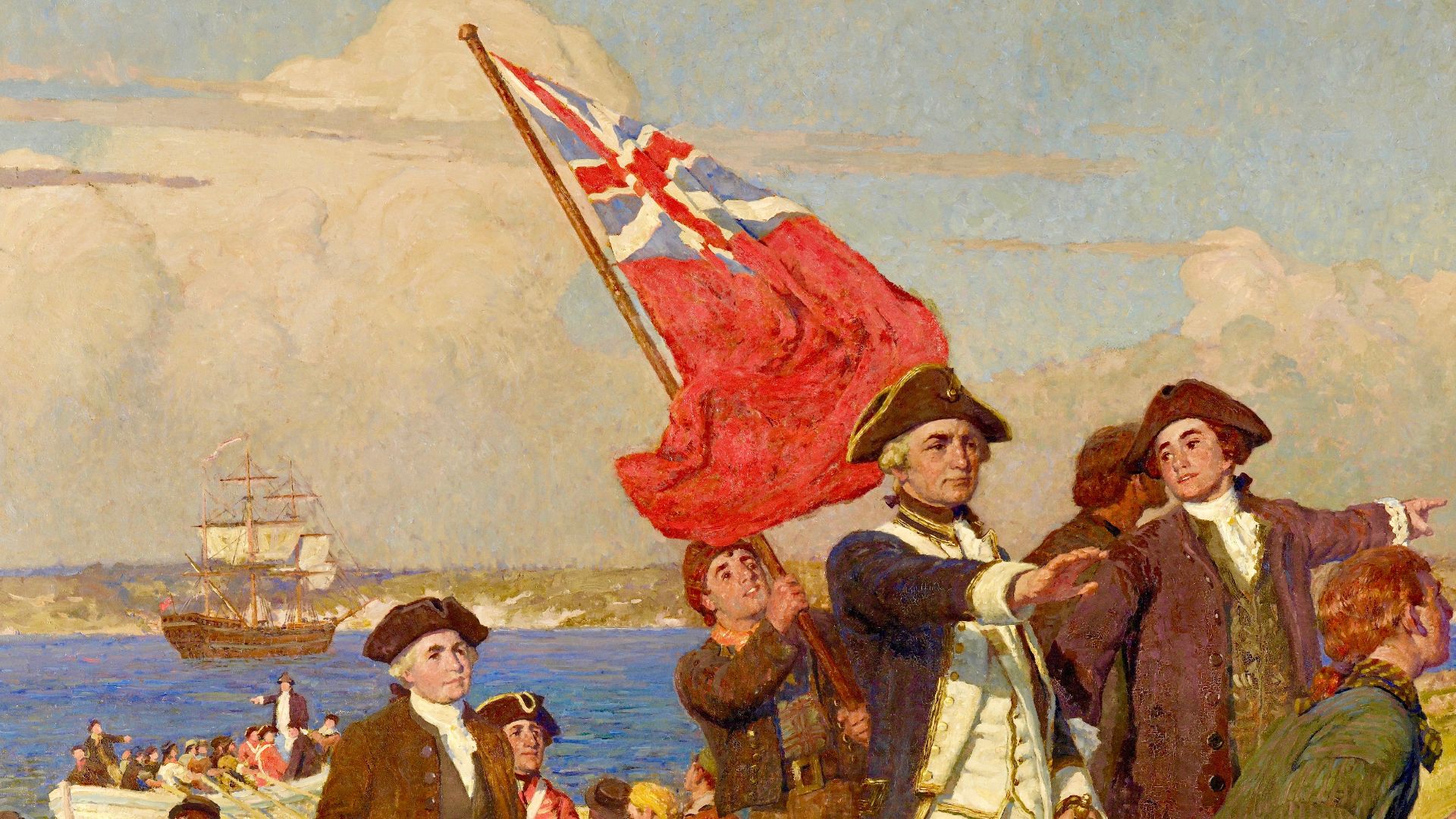10 Sea Voyages That Redefined The Map & 10 That Were Complete Failures
Sea Dreams And Sinking Realities
The open sea is a vast and inhospitable place. It's no wonder that its only match is the sea captains with the dreams and ambitions necessary to take on such an unrelenting force of nature. They've raised sails to seek treasure, explore, or even fish for the exotic. While some voyagers were successful, some were nothing short of an unmitigated disaster. Let's first dive in to meet the ones lucky enough to explore the sea and live to tell the tale before moving on to those that were utterly doomed.
 L. Prang & Co., Boston on Wikimedia
L. Prang & Co., Boston on Wikimedia
1. Magellan’s
Magellan set sail westward and proved Earth’s roundness not with theories but with sails, storms, and scars. He is the reason we know the Pacific as such, and he battled mutinies exploring it. Magellan eventually passed on in the Philippines while in transit, yet his crew finished the circle.
 Internet Archive Book Images on Wikimedia
Internet Archive Book Images on Wikimedia
2. James Cook’s
Mapping coastlines with obsessive accuracy, Cook erased mythical continents from the minds of Europeans. His South Pacific journeys gave shape to Australia and New Zealand. Although Hawaii claimed his life, his cartographic legacy reshaped navigation forever and ultimately reduced the perceived size of the world.
3. Zheng He’s
Zheng He sailed massive fleets—more than 300 ships—to connect China with Arabia and Africa. Giraffes were brought to China as gifts, all thanks to him. These voyages were statements of power and scale no rival dared match. Here, you’re looking at diplomacy, Ming-style.
 Kosov vladimir 09071967 on Wikimedia
Kosov vladimir 09071967 on Wikimedia
4. Columbus’s
He thought he’d landed in Asia. He hadn’t. But Columbus did unknowingly crack open the Americas for Europe. Although wrong on geography, he was remarkably prescient about opening trade routes, sparking colonization, and sending gold and spices back home, sparking widespread debate and an extremely contentious legacy.
 Sebastiano del Piombo on Wikimedia
Sebastiano del Piombo on Wikimedia
5. Vasco Da Gama’s
Da Gama’s voyage carved a direct sea route from Europe to India, rerouting centuries of overland trade and circumventing the Cape of Good Hope. The spices he brought home enriched Portugal about 60 times more than what they spent and launched Europe into the Indian Ocean game, empire-building, and all.
6. Francis Drake’s
This guy sailed not just to explore but to plunder. Drake’s journey looted Spanish ships and built up England’s treasury to the point that Queen Elizabeth knighted him on his ship. Using a stolen Portuguese navigator, he pulled off Earth’s second circumnavigation—with sails full of someone else’s gold.
 Unidentified painter on Wikimedia
Unidentified painter on Wikimedia
7. Erik The Red’s
Greenland’s name was a total branding move. Erik the Red named it to lure settlers. It was all ice, yet he called it “green.” He founded the first Norse colony in Greenland and spread its roots further. Erik also helped set the stage for what his son, Leif Erikson, would eventually stumble into.
8. Leif Erikson’s
The son of Erik the Red, Leif Erikson, beat Columbus to North America by centuries, reaching Newfoundland and leaving behind archaeological fingerprints. Long dismissed as a myth, his journey proved that Norse courage and curiosity ran deeper—and earlier—than most textbooks had ever admitted.
9. Abel Tasman’s
No landfall, but significant breakthroughs. Tasman was the first European to see Tasmania, and it was named after him. This helped slice away at the myth of Terra Australis being a single, vast landmass. Although he never set foot in Australia, his maps left cartographers with a blueprint of parts of Australia.
 Unknown authorUnknown author on Wikimedia
Unknown authorUnknown author on Wikimedia
10. Robert Peary’s
Peary said he reached the Pole—but debate still rages. Relying on Inuit guides and dogsleds, he planted a flag. Yet records are fuzzy, and many credit his assistant, Matthew Henson, as a significant help. Either way, Arctic ambition hit a historic peak.
 Unknown authorUnknown author on Wikimedia
Unknown authorUnknown author on Wikimedia
For every ship that rewrote the map, another vanished beneath its waves—some due to misfortune, others by sheer miscalculation. Now, it’s time to chart the voyages that ended in disaster.
1. Franklin’s
Seeking the Northwest Passage, Franklin vanished. Ice sealed his fate, along with 128 others. Lead poisoning, scurvy, and desperation were the likely causes. Another dark page is that it’s purported that the crew, at some point, turned to cannibalism. A century later, the ships were found.
 Sherard Osborn Illustrator W. May on Wikimedia
Sherard Osborn Illustrator W. May on Wikimedia
2. Jean-François La Pérouse’s
Sent by King Louis XVI to rival Cook’s feats, La Pérouse disappeared without a whisper. The wreckage was spotted near the Pacific, last seen in Australia. Survivors might’ve blended with locals while Enlightenment thinkers obsessed over their fate, turning this tragedy into an intellectual ghost story.
 Geneviève Brossard de Beaulieu on Wikimedia
Geneviève Brossard de Beaulieu on Wikimedia
3. Narváez’s
Imagine 600 men setting out, then only four staggering back. Cabeza de Vaca wandered the continent for approximately 8 years. In that time, storms, disease, and hostile encounters chewed through Narváez’s forces. Those few who lived became accidental chroniclers of Native life, ethnographers born from chaos.
 Carlos Múgica y Pérez on Wikimedia
Carlos Múgica y Pérez on Wikimedia
4. The Essex Whaleship Tragedy
A sperm whale smashed Essex’s hull like a battering ram. The crew fled in lifeboats—into hell. Adrift and desperate, they drew lots, even betting on who they’d cannibalize next. Melville’s Moby-Dick turned their horror into fiction, but Essex’s tragedy was no myth.
5. The Batavia Mutiny
What began as a shipwreck quickly descended into slasher-flick territory. After the Batavia ran aground off the coast of Australia, the stranded survivors spiraled into chaos. Mutiny and mayhem followed—dozens died. And yet, those who lived on carved out one of Australia’s first European settlements.
6. Antarctic Belgica Mission
Stuck in the Antarctic winter, the Belgica’s crew spiraled into madness, even suffering scurvy, a debilitating disease of the time. Dr. Frederick Cook fed them raw penguin meat—unusual, yes, but this cured the scurvy. After months of chipping at the ice, they escaped.
7. The Lost Colony Supply Voyages
John White left to resupply his struggling colony. But when war delayed his return, settlers at Roanoke had vanished. No bodies. No buildings. Just “Croatoan” carved on a tree. It remains one of America’s oldest unsolved maritime mysteries: an eerie supply run.
 Engraving by John Parker Davis on Wikimedia
Engraving by John Parker Davis on Wikimedia
8. Pedro Sarmiento’s
Rey Don Felipe was supposed to lock down the Strait of Magellan. Instead, it became Port Famine. Starvation and isolation erased the colony. Not to mention the harsh weather conditions. Years later, one lone survivor remained. Sarmiento’s imperial dream met the unforgiving edge of Patagonia’s wild cold.
9. The Karluk Arctic Disaster
Ice crushed the Karluk near Wrangel Island. The crew abandoned ship and began a deadly trek across frozen chaos. Eleven never made it. Commander Stefansson? He’d already left for hunting. Survival here wasn’t about luck—it was about enduring nature’s cruelty.
 Unknown authorUnknown author on Wikimedia
Unknown authorUnknown author on Wikimedia
10. The Darien Scheme
Scotland sent thousands to carve out a colony in Panama. Disease, hunger, and Spanish hostility destroyed them. Out of ~2,500 settlers, most perished. The scheme bankrupted Scotland, forcing it to enter into a union with England. Few maritime failures had such sweeping national consequences—or costlier miscalculations.
KEEP ON READING

20 Fascinating Facts About Ancient Egypt
Beyond the Pyramids. Did you have an Ancient Egypt phase…
By Ashley Bast Jul 15, 2025
20 Trailblazing Figures From the First Industrial Revolution
Vive la Révolution. Life used to be slow. Populations tended toward…
By Ashley Bast Jul 14, 2025
The 20 Most Lethal Leaders In History
When Power Gets Into The Wrong Hands. While certain leaders…
By Emilie Richardson-Dupuis Jul 14, 2025
The History of Fast Food: 20 Menu Items That Changed…
From Frosty's to Fried Chicken. Fast food didn't just appear…
By Farva Ivkovic Jul 11, 2025
From Sin Eaters To Whipping Boys: 20 Of The Strangest…
Would You Do These Jobs?. The professional world is always…
By Farva Ivkovic Jul 10, 2025
10 Successful Pirates History Forgot & 10 Iconic Legends That…
A Pirates Life. History is full of legendary and intimidating…
By Farva Ivkovic Jul 9, 2025









